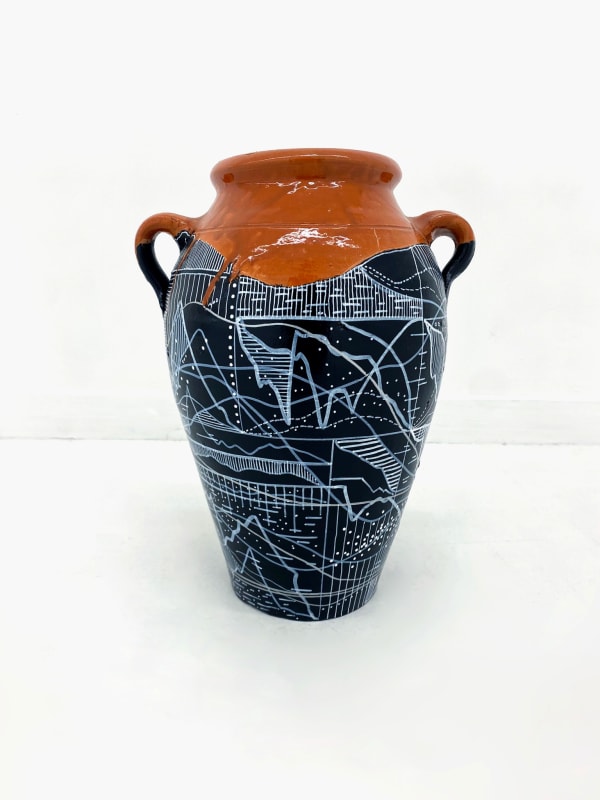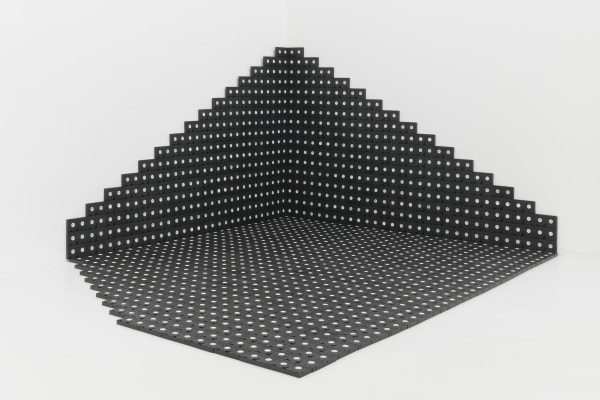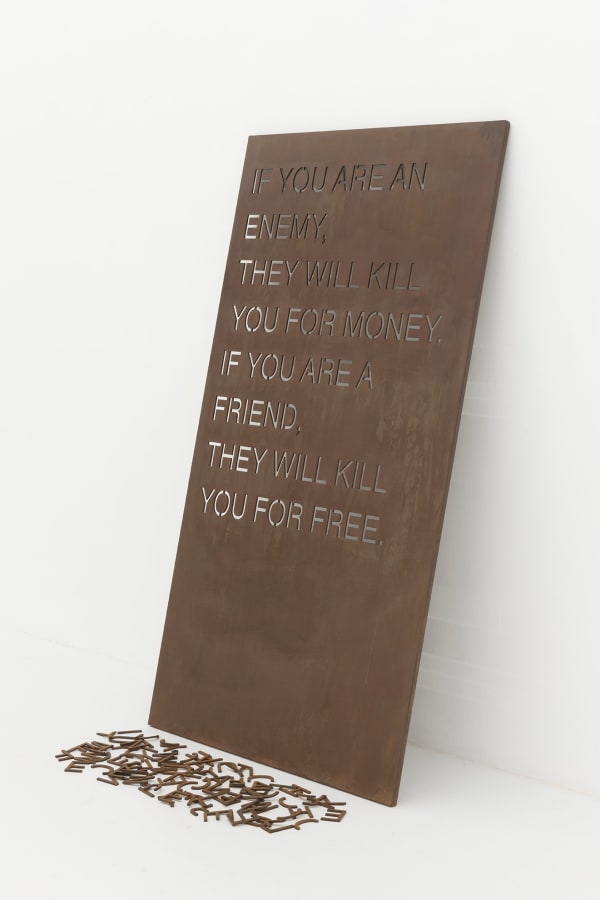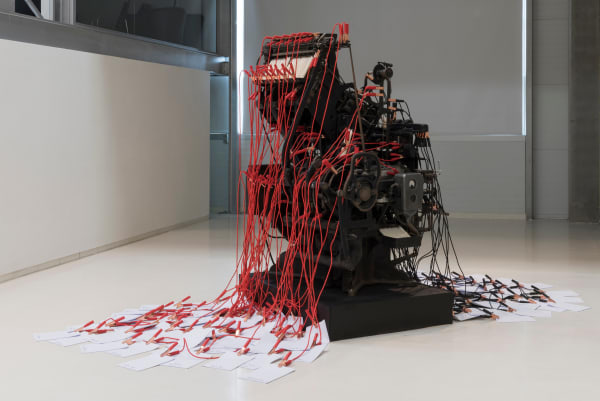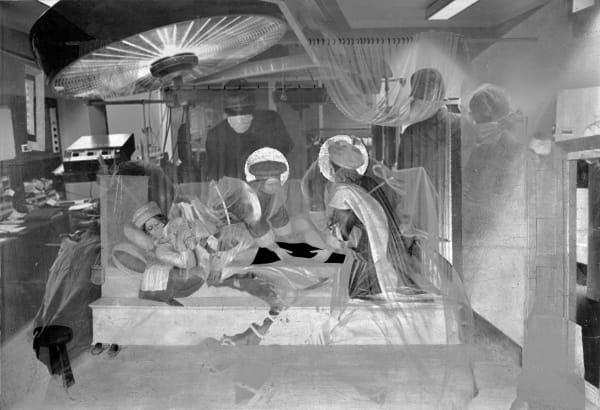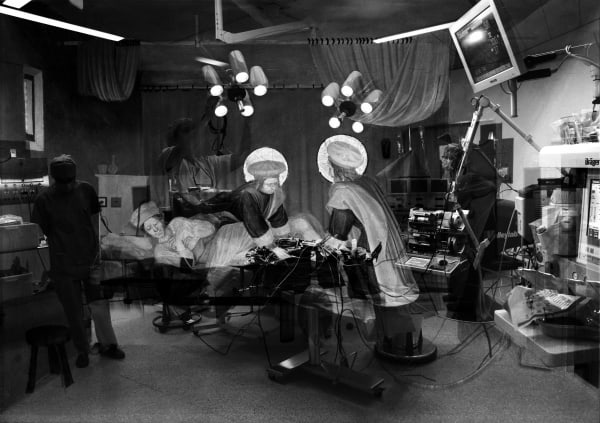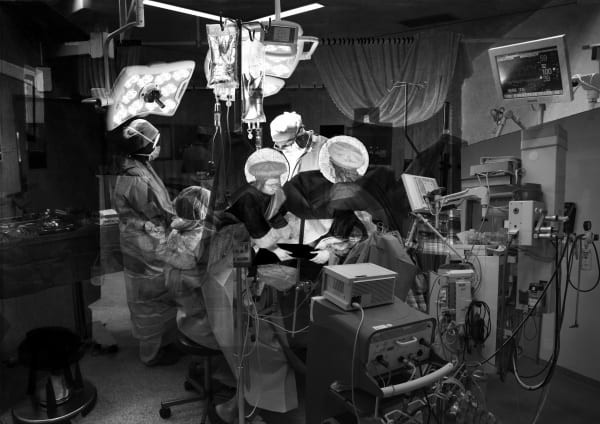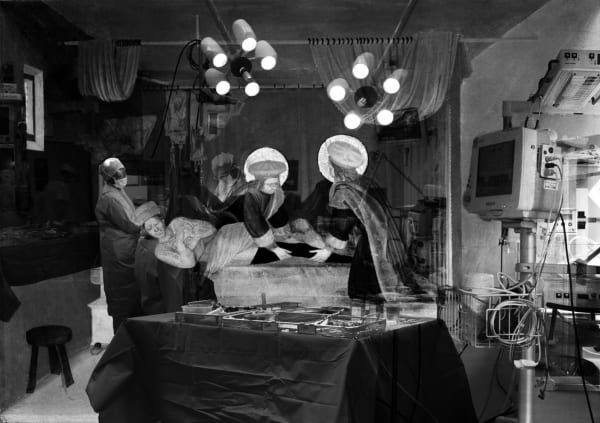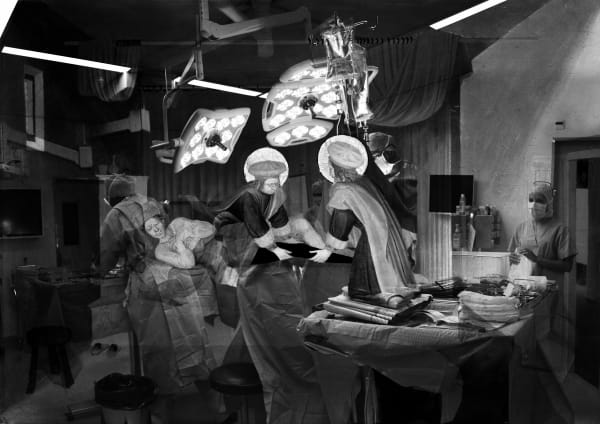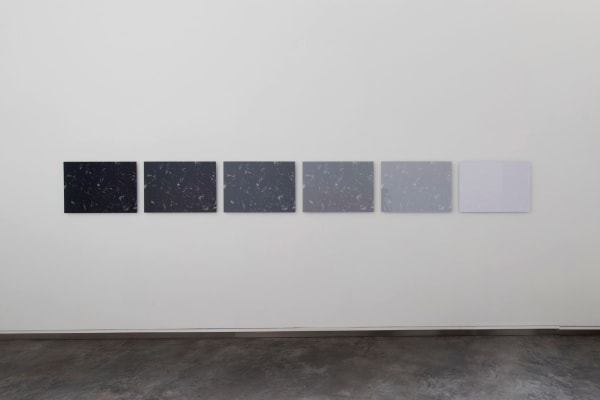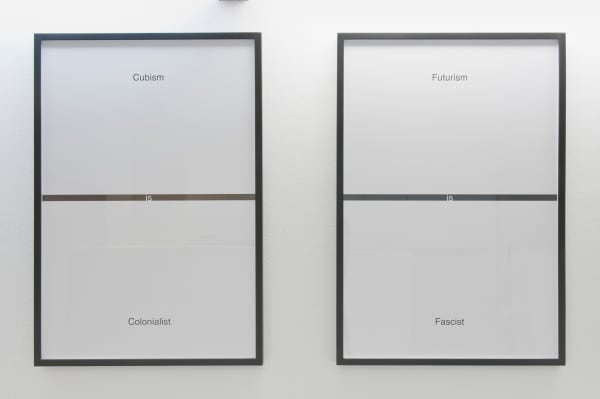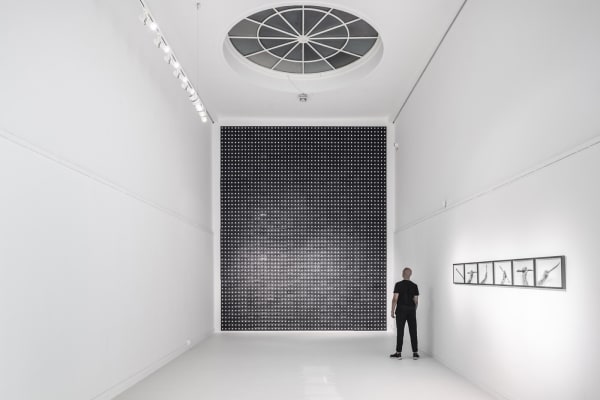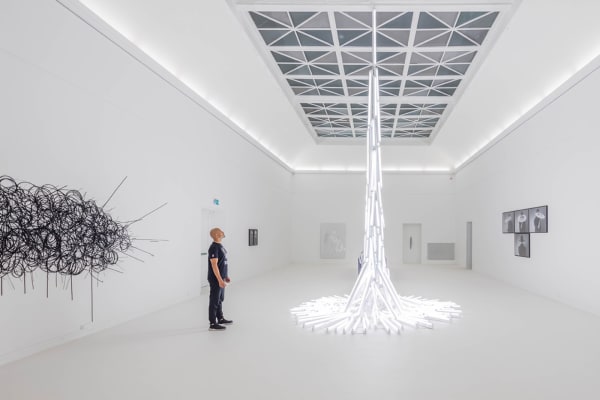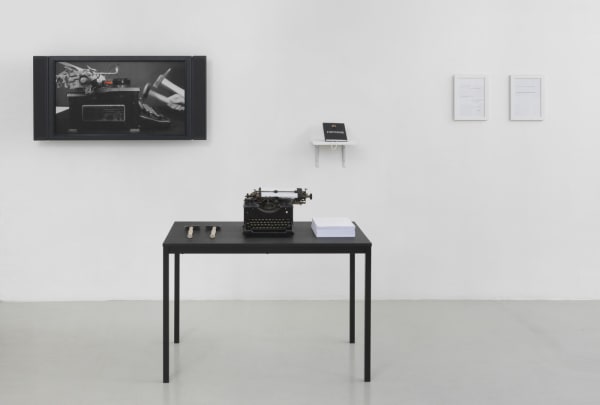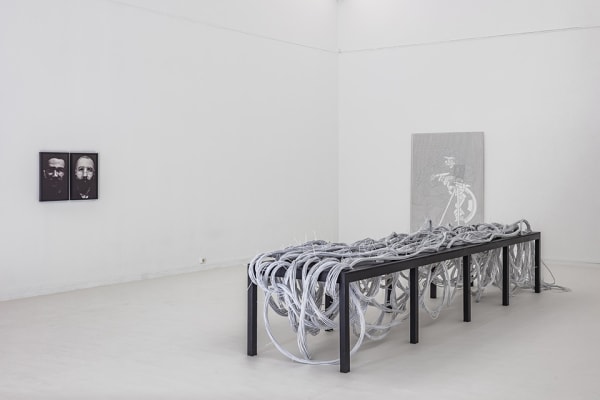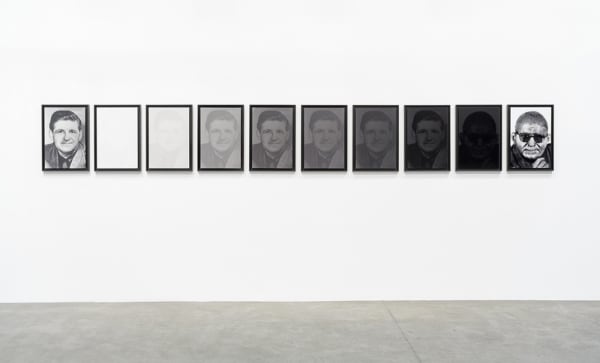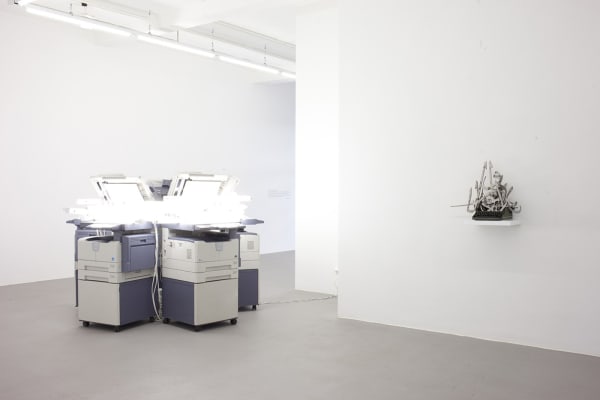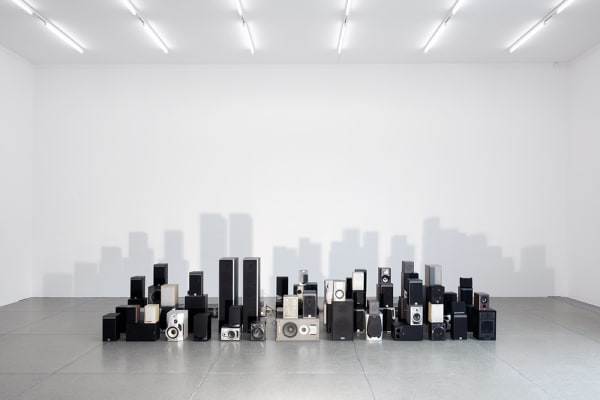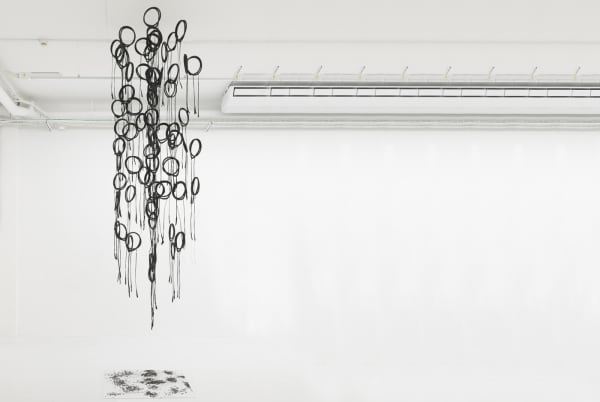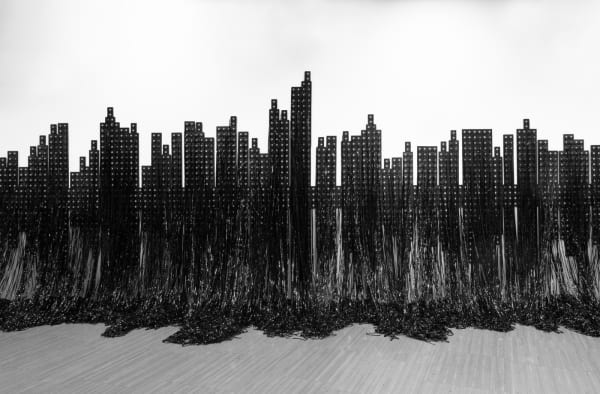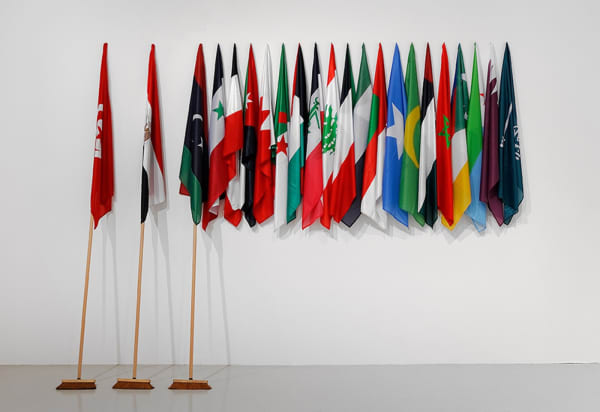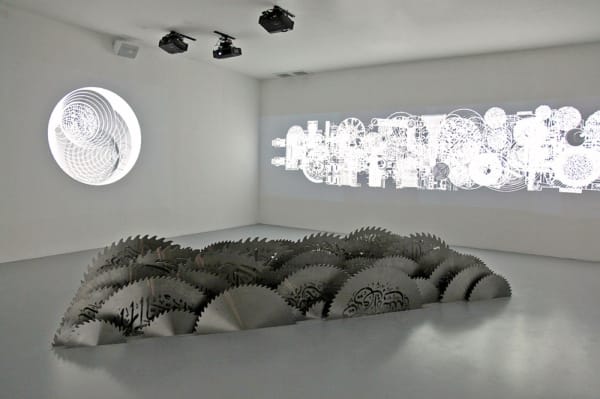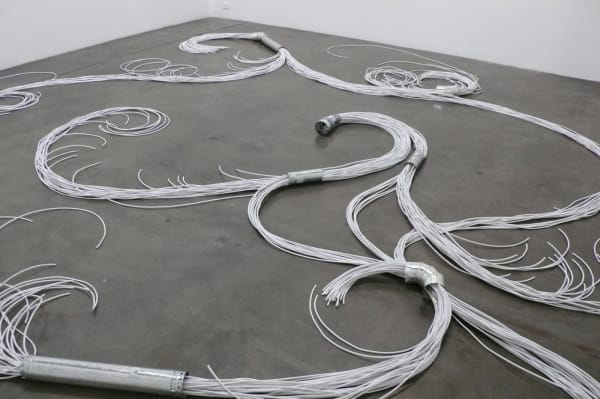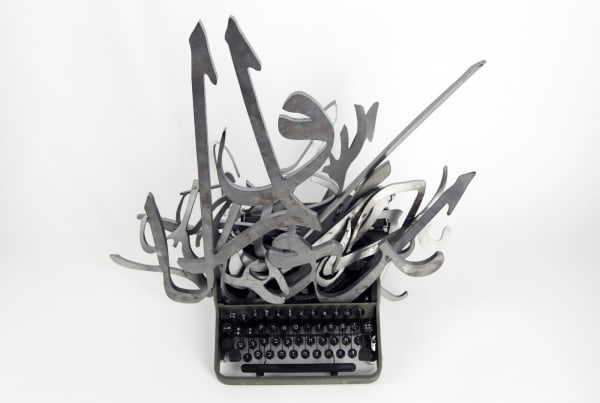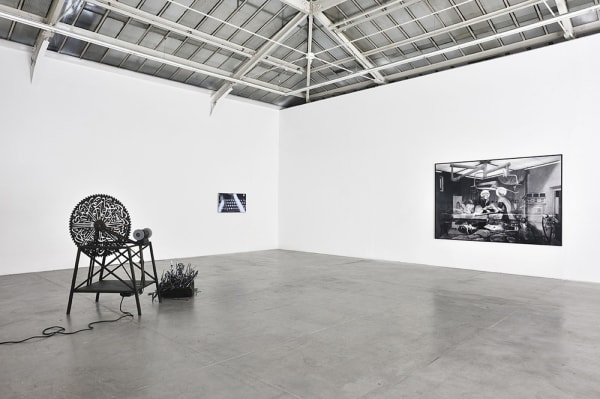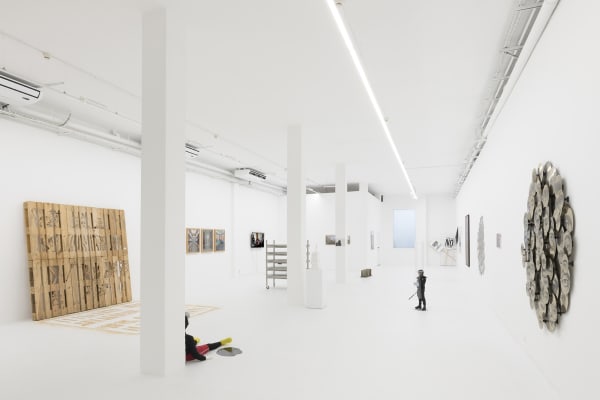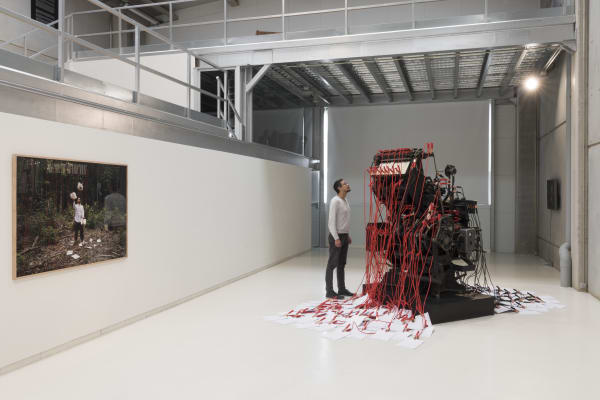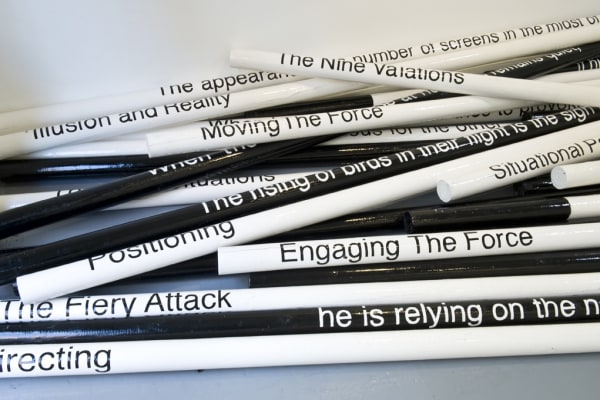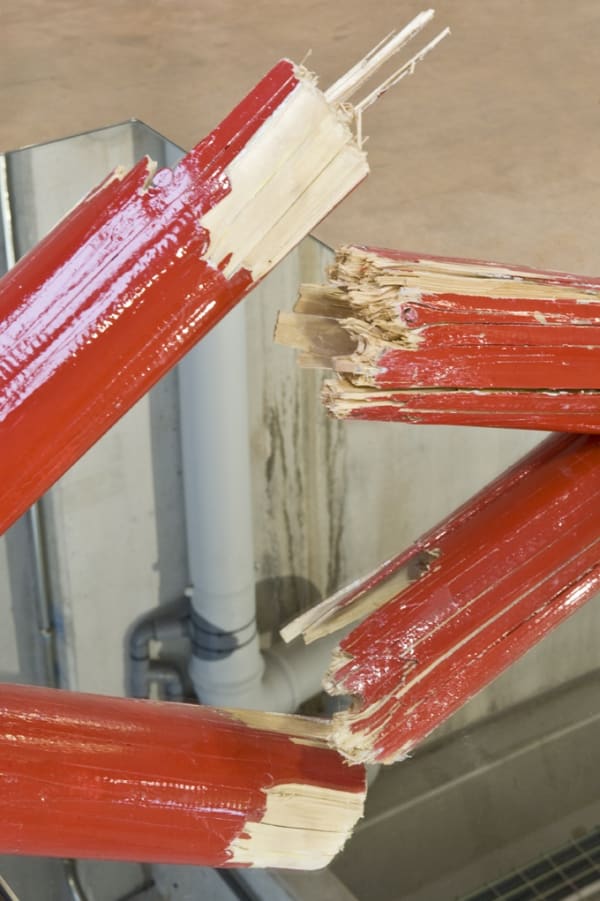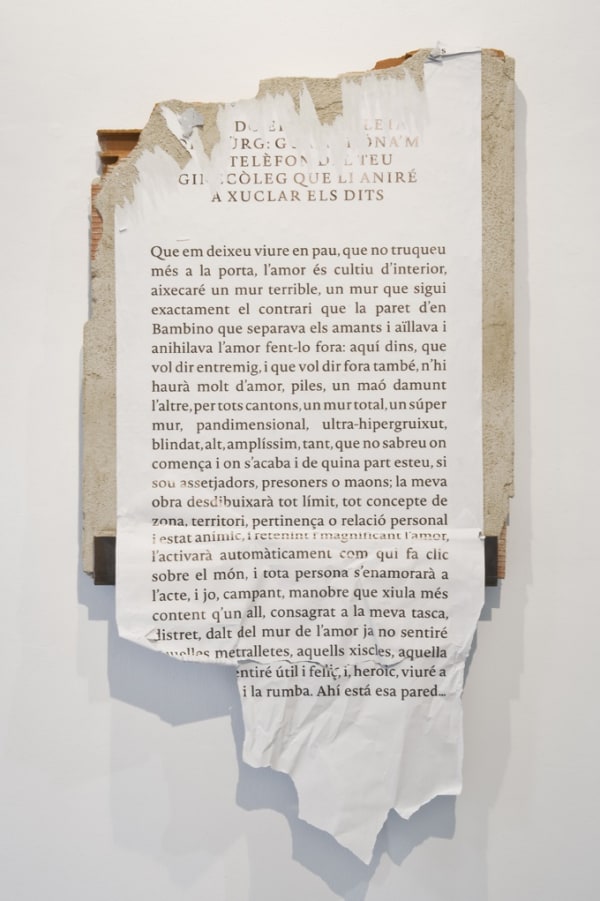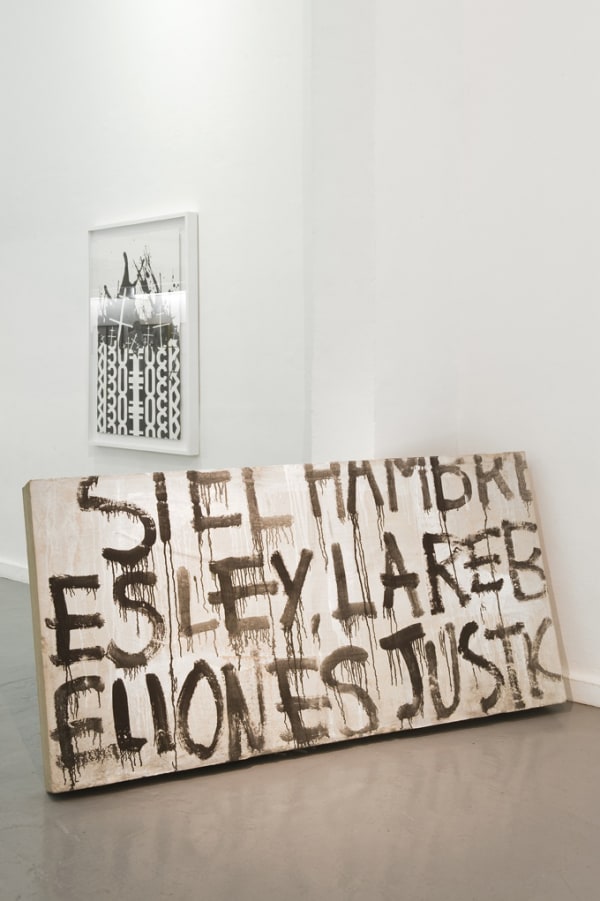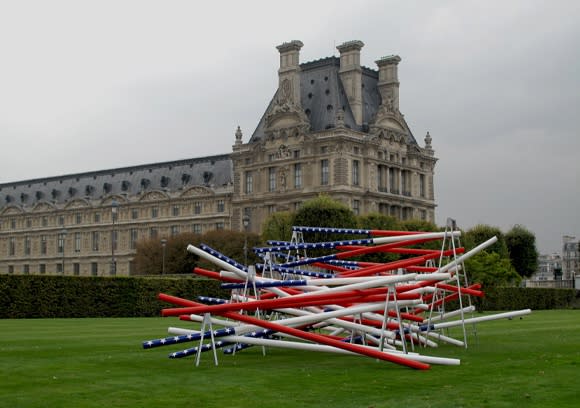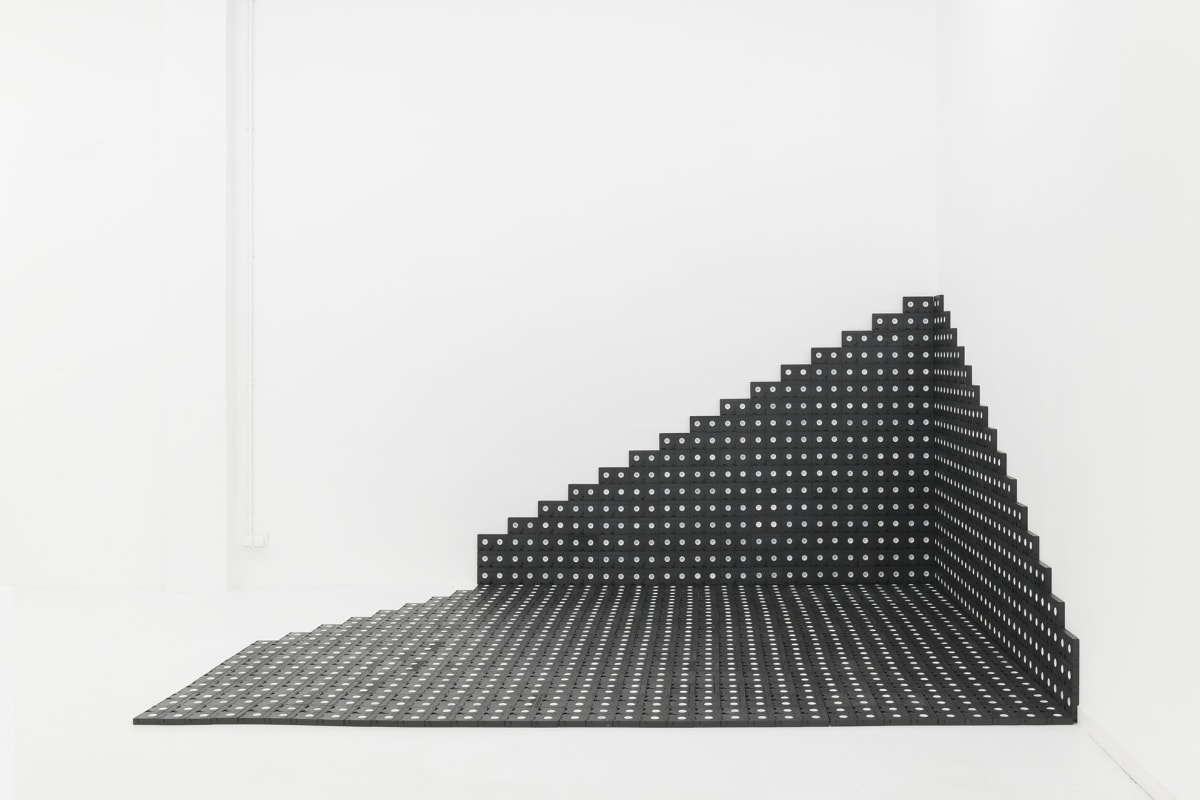-
 Dark, Dark, Dark 12, 2024
Dark, Dark, Dark 12, 2024 -
 Dark, Dark, Dark 13, 2024
Dark, Dark, Dark 13, 2024 -
 Already Dead 01, 2021
Already Dead 01, 2021 -
 Coma Manifesto 04, 2021
Coma Manifesto 04, 2021 -
 Peripheral vision, 2021
Peripheral vision, 2021 -
 The machinery 02, 2017
The machinery 02, 2017 -
 The Index and the Machine 01, 2016
The Index and the Machine 01, 2016 -
 The Blind man, 2015
The Blind man, 2015 -
 History is not mine, 2014
History is not mine, 2014 -
 Art de la Guerre - Ingénieurs, 2014
Art de la Guerre - Ingénieurs, 2014 -
 Evolution or Death, Phoebe, 2013
Evolution or Death, Phoebe, 2013 -
 The Blinding Light 01, 2013
The Blinding Light 01, 2013 -
 The Blinding Light 24, 2013
The Blinding Light 24, 2013 -
 The Blinding Light 11, 2013
The Blinding Light 11, 2013 -
 The Blinding Light 12, 2013
The Blinding Light 12, 2013 -
 The Blinding Light 08, 2013
The Blinding Light 08, 2013 -
 The Blinding Light 06, 2013
The Blinding Light 06, 2013 -
 The Blinding Light 22, 2013
The Blinding Light 22, 2013 -
 The Blinding Light 10, 2013
The Blinding Light 10, 2013 -
 The Blinding Light 20, 2013
The Blinding Light 20, 2013 -
 The Blinding Light 25, 2013
The Blinding Light 25, 2013 -
 The Angel’s Black Leg, 2011
The Angel’s Black Leg, 2011 -
 Black on Black, 2009 -
Black on Black, 2009 - -
 Contamination, 2009
Contamination, 2009 -
 The dynamic Geography of History, 2006-2014
The dynamic Geography of History, 2006-2014 -
 Evolution or Death, Matéo, 2004
Evolution or Death, Matéo, 2004
mounir fatmi nació en Tánger, Marruecos, en 1970. A los 4 años su familia se mudó a Casablanca. Con 17 años viajó a Roma, donde estudió dibujo y gravado del desnudo en la Academia de las Artes. Más tarde estudió en la Escuela de Arte de Casablanca y finalmente en la Rijksakademie de Ámsterdam.
Pasó la mayor parte de su infancia en un mercadillo de Casabarata, uno de los barrios más pobres de Tánger, donde su madre vendía ropa para niños. Este entorno, donde se concentran grandes cantidades de residuos y objetos comunes desechados, sentó las bases artísticas de mounir, quien compara el mercadillo con el museo en ruinas. Esta visión también sirve como una metáfora que expresa los aspectos esenciales de su trabajo. Influenciado por la obsolescencia de los medios y el colapso de la sociedad industrial y consumista, fatmi desarrolla el concepto de la obra de Arte a medio camino entre la Arqueología y el Archivo.
Usando materiales como cable de antena, máquinas de escribir y cintas VHS, mounir fatmi elabora una arqueología experimental que cuestiona el mundo y el papel del artista en una sociedad en crisis. Tuerce los códigos y preceptos a través del prisma de una trinidad que comprende Arquitectura, Lenguaje y Máquina. Así, cuestiona los límites de la memoria, el lenguaje y la comunicación mientras reflexiona sobre estos materiales obsoletos y su incierto futuro. La investigación artística de mounir fatmi es una reflexión sobre la historia de la tecnología y su influencia en la cultura popular. En consecuencia, la obra de fatmi puede verse como futuros archivos en construcción que representarán momentos clave en nuestra historia contemporánea. Estos materiales técnicos también cuestionan la transmisión de conocimiento y el poder sugestivo de las imágenes, y critican los mecanismos que relacionan a la tecnología con las ideologías.
Desde el año 2000, las instalaciones de mounir fatmi han formado parte de múltiples bienales, 52ª y 57ª Bienales de Venecia, 8ª Bienal de Sharjah, 5ª y 7ª Bienales de Dakar, 2ª Bienal de Sevilla, 5ª Bienal de Gwangju, 10ª Bienal de Lyon, 5ª Trienal de Auckland, la 10ª y 11ª Bienal de Bamako, la 7ª Bienal de Arquitectura de Shenzhen, la Trienal de Setouchi y la Trienal de Echigo-Tsumari en Japón. Su trabajo ha sido presentado en numerosas exposiciones individuales; en el Museo Migros, Zurich; MAMCO, Ginebra; Museo Picasso Guerra y Paz, Vallauris; Fundación AK Bank, Estambul; Museo Kunst Palast, Dusseldorf; y en el Gotemburgo Konsthall. También ha participado en diversas exposiciones colectivas; en el Centro Georges Pompidou, París; Museo de Brooklyn, Nueva York; Palacio de Tokio, París; MAXXI, Roma; Museo de Arte Mori, Tokio; MMOMA, Moscú; el Victoria & Albert Museum, Londres; Van Abbemuseum, Eindhoven; Museo de Arte Nasher, Durham; y el Museo del Louvre en Abu Dhabi.
Ha recibido varios premios, incluyendo el Premio Uriöt, Amsterdam; el Gran Premio Léopold Sédar Senghor en la 7ª Bienal de Dakar en 2006; y el Premio de la Bienal de El Cairo en 2010.
-

The observer effect
mounir fatmi 20 Marzo - 22 Mayo 2021 ADN GaleriaThe Observer Effect, reúne una serie de producciones recientes a través de las cuales el artista explora nuevas formas de crear a partir de elementos paradigmáticos que han estado presentes...Más información -

5994 is just a number
Group show 10 Octubre - 30 Noviembre 2019 ADN GaleriaEn el marco de Barcelona Gallery Weekend 2019, presentamos una exposición colectiva con los artistas para los que trabajamos; algunos de ellos desde sus inicios, y otros que se han...Más información -

The index and the machine
mounir fatmi 19 Noviembre 2016 - 19 Enero 2017 ADN PlatformADN Galeria presenta la segunda exposición individual de mounir fatmi en ADN Platform: The Index and the Machine. El Índice y la Máquina ha sido una asociación de palabras utilizada...Más información -

Light & Fire
mounir fatmi 22 Noviembre 2014 - 14 Enero 2015 ADN GaleriaLa exposición reúne una serie de obras que exploran las bases de la historia y la sociedad expresadas a través de la palabra escrita y en diversas formas de lenguaje:...Más información -

The art of war
mounir fatmi 22 Noviembre 2014 - 22 Enero 2015 ADN PlatformADN Platform presenta la exposición Art of War de mounir fatmi, una extensión de la exposición individual Light & Fire en ADN Galeria. Art of War toma el título del...Más información -

Accomplices & Witnesses
Group Show 24 Mayo - 31 Julio 2014 ADN GaleriaLa exposición “Cómplices y Testigos” parte de la idea del artista como cómplice y testigo de dinámicas sociales que requieren una implicación activa, un compromiso y un posicionamiento que va...Más información -

10 is more than a number
Group Show 29 Junio - 30 Noviembre 2013 ADN GaleriaEl 29 de junio, ADN Galeria presenta una muestra colectiva que recopila obras de todos los artistas que trabajan con la galería para celebrar su 10º aniversario. Adoptando la teoría...Más información
-

mounir fatmi at Exhibition Grandeur Nature II. The Spirit of the Forest
Mayo 28, 2025Designed as a journey of discovery along visitors’ strolls, this new edition will unfold across the 130 hectares of the National Estate of the Château...Más información -

mounir fatmi à la collection Jean Chatelus, donation de la fondation Antoine de Galbert
Marzo 27, 2025À l’occasion de la donation par la fondation Antoine de Galbert de la collection Jean Chatelus au Centre Pompidou, le Musée national d’art moderne présente...Más información -

Exposition "Ce que l'Horizon promet" : sciences et croyances pour affronter l’incertitude
Sciences et avenir - Arnaud Devillard Marzo 24, 2025Au croisement de l’art, des sciences et des technologies, l’exposition 'Ce que l’horizon promet' revisite les différentes façons par lesquelles les humains ont cherché à...Más información -

The Silent Age of Singularity
Noviembre 14, 2024A group exhibition exploring a period marked by the presence of technology, the post internet era. Misk Art Institute presents The Silent Age of Singularity...Más información -

Normopatías
Obras de la Colección Es Baluard Museu Agosto 1, 2024La exposición «Normopatías. Obras de la Colección Es Baluard Museu», comisariada por Carles Guerra, presentará una selección de obras del fondo del museo datadas entre...Más información -

mounir fatmi - "Alhamdu | Muslim futurism"
Exhibición abierta desde el 1 de julio hasta el 18 de agosto Julio 23, 2024mounir fatmi participa en la exposición colectiva «ALHAMDU | FUTURISMO MUSULMÁN ». ALHAMDU | FUTURISMO MUSULMÁN es una exposición de arte experimental en evolución creada...Más información -

My Majorca: artist Mounir Fatmi
Art Basel Julio 20, 2023Discover the hidden gems of the largest Balearic Island through the eyes of the Moroccan artist who has his studio in Palma. What does the...Más información -

Kendell Geers, mounir fatmi and Pep Vidal at Le Botanique
Les Marcel - Collection R. Patt Mayo 24, 2023Marcel Mariën, Marcel Duchamp, Marcel Broodthaers, Marcel Vandeweyer... there is always a Marcel waiting in the wings! An engraving here, an object there or a...Más información -

mounir fatmi, Eugenio Merino y Avelino Sala en Metrópolis
RTVE Mayo 4, 2023Metrópolis dedica un programa a la XI Bienal de Lanzarote que, bajo el comisariado de Adonay Bermúdez, ha sido concebida por y para la ciudadanía....Más información -

Mounir Fatmi explores postcolonial memory through three artifacts from his childhood in 1970s Morocco
Alice McCool - Vice Junio 18, 2017Morocco’s Anti-Colonial 'Moon King' Lives—Inside This Artist's Memory Mounir Fatmi explores postcolonial memory through three artifacts from his childhood in 1970s Morocco Moroccan-born artist Mounir...Más información

